Corsair Performance Series Pro (256GB) Review
by Kristian Vättö on May 14, 2012 9:10 AM EST- Posted in
- Storage
- SSDs
- Corsair
- Marvell
- Corsair Performance Pro
Corsair Performance Pro: Packaging and Internals
Corsair Performance Series Pro comes in a compact cardboard box. The box is smaller than most SSD packages I've seen, but it has everything that is necessary: 3.5" bracket, quick installation guide, mounting screws and of course the SSD itself. Unfortunately there is no cloning utility included, which is something you would expect from a high-end drive.
The chassis is made out of brushed metal like most SSDs are nowadays. It feels robust and very well built. Like 2.5" drives in general, the Performance Pro has height of 9.5mm and may hence not be suitable for all ultrabooks.
Heat dissipation is handled by 11 thermal pads: One for the controller, eight for NAND packages and two for DRAMs. The internal layout is a match with Plextor's M3.
From inside, the Performance Pro is identical to the Plextor M3. There are eight quad-die 32GB NAND packages (TH58TEG8D2HBA8C) on the PCB. As with the M3, the NAND is Toggle-Mode MLC NAND manufactured by Toshiba. The DRAM chips are from Nanya and there are two 256MB DDR3-1333 chips on the board. Thermal pads make photographing a bit more difficult since some residue is left on the surface of the chips, so my apologies if you can't see the markings clearly.
On the other side of the PCB, we find Marvell's 88SS9174-BLD2 controller, again exactly the same as used in Plextor M3. Is it just a coincidence that these two SSDs are so similar or is there a reason behind it? It's time to find out!
Plextor M3 Pro and M3 on the top and Corsair Performance Series Pro underneath the two
Neither Plextor or Corsair manufactures the drives they sell. Both companies buy their drives from Lite-On and if you take a look at Lite-On's M3S SSD, it seems a lot like Corsair's Performance Series Pro and Plextor's SSDs, doesn't it? That's why the hardware of the Performance Pro and M3 is the same—they come from the same plant. However, it should be kept in mind that hardware is only one part of the equation.
As you will see in our tests, the Performance Pro and M3 do not perform the same. This is due to firmware differences. Corsair uses a stock firmware provided by Marvell while Plextor has a whole R&D team dedicated to their SSD firmware development. In other words, Plextor uses an in-house firmware which is also the reason for differences in performance. Whether Plextor's firmware is a tweaked stock firmware or totally built from a scratch I don't know, but either way it's not the same as what Corsair uses.
The Test
| CPU |
Intel Core i5-2500K running at 3.3GHz (Turbo and EIST enabled) |
| Motherboard |
AsRock Z68 Pro3 |
| Chipset |
Intel Z68 |
| Chipset Drivers |
Intel 9.1.1.1015 + Intel RST 10.2 |
| Memory | G.Skill RipjawsX DDR3-1600 2 x 4GB (9-9-9-24) |
| Video Card |
XFX AMD Radeon HD 6850 XXX (800MHz core clock; 4.2GHz GDDR5 effective) |
| Video Drivers | AMD Catalyst 10.1 |
| Desktop Resolution | 1920 x 1080 |
| OS | Windows 7 x64 |


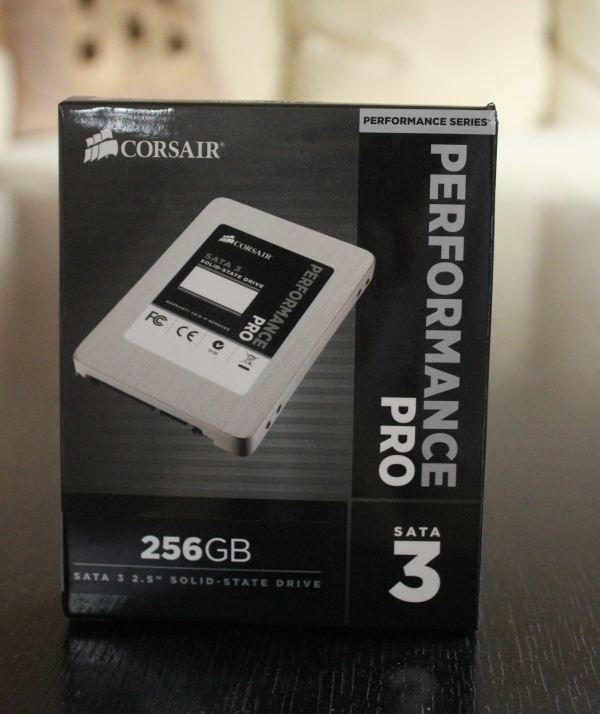
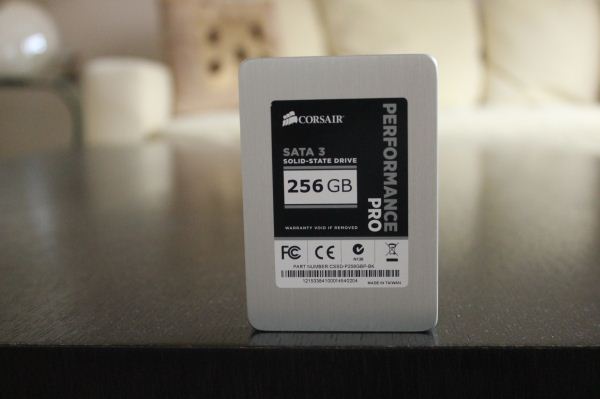

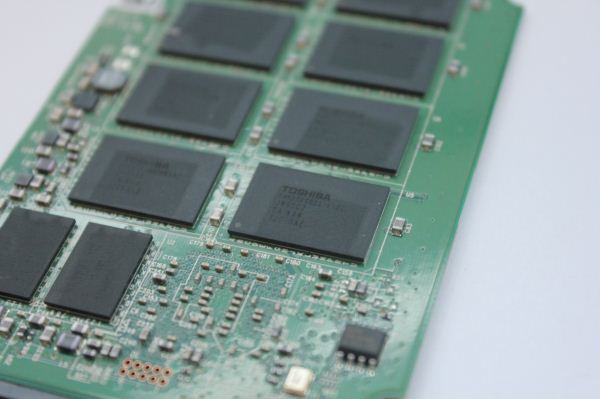
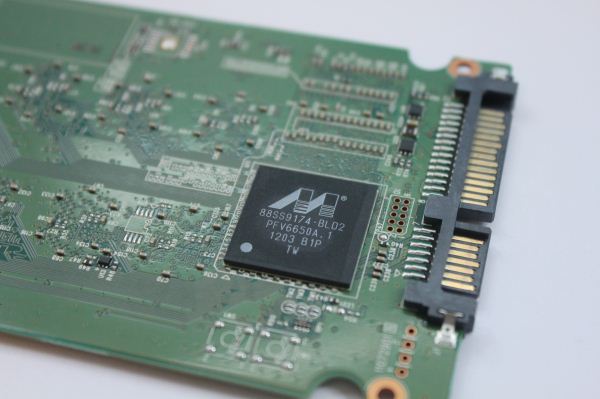
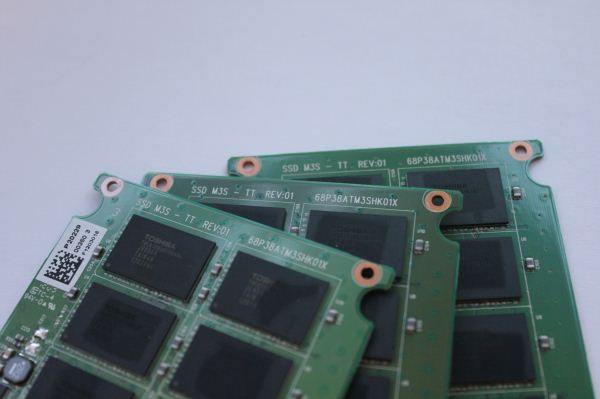








41 Comments
View All Comments
FunBunny2 - Monday, May 14, 2012 - link
-- Only Intel uses in-house firmware whereas the rest use the firmware that SandForce provides.OCZ seems to say that they do their own firmware. How to know which is which?
SilthDraeth - Monday, May 14, 2012 - link
Doesn't Samsung use their own firmware also?Operandi - Monday, May 14, 2012 - link
Samsung uses their own everything.vol7ron - Monday, May 14, 2012 - link
Can someone do a follow-up to see that those Sequential Read numbers are right for the Vertex 4?It just seems odd that the Vertex-4 bested the Vertex-3 on everything, but was significantly lower with Seq.Read
SSD_Privacy - Thursday, May 17, 2012 - link
Yes Samsung does, but does it erase your data when it says it does? The Corsair, OCZ etc.?http://www.usenix.org/event/fast11/tech/full_paper...
According to this paper SSD's are very insecure. One drive reported that the data was gone when in fact all of the data was recoverable.
Which drive was that? This paper does not tell us that. It would be very helpful if Anandtech would replicate this study and tell us which drives performed in what capacity. Much more helpful than whether drive A performed a write/read 10kb/sec faster than drive B.
appliance5000 - Friday, May 18, 2012 - link
I might be misunderstanding what's being said here, but unless you do a "secure empty trash" all that's happening when you empty the trash is that you're telling the computer that it can write over the sectors that were "emptied". The trashed data is actually still there until overwritten and thus recoverable. This is true with all drives.SSD_Privacy - Saturday, May 19, 2012 - link
SSD drives do not store data as platter drives do. An SSD drive has a controller on board that is independent of the operating system. Data is stored all over the drive at random and tracked by the controller and firmware. When you use Secure Delete Trash or Eraser on a file stored on a platter drive it will erase the data, but used on an SSD the operating system is blind to the actual location of the file.The controller removes data using its firmware "garbage collection" to prepare it for new writing. In addition, some drives have significant space that is not accessible by the user that stores and rewrites data, so if you do a full wipe none of that data will be wiped. Also some data was found to be recoverable on one drive after twenty wipes had been performed due to how the wipe was implemented by the controller on that SSD.
exallium - Monday, May 14, 2012 - link
I believe Crucial uses the Marvell controller on the M4Kristian Vättö - Monday, May 14, 2012 - link
To clarify: I was referring strictly to SandForce based SSDs. Only Intel has a custom firmware in their SandForce based 520 and 330 series SSDs - other OEMs use the firmware that SandForce provides.When we hop off the SandForce train, custom firmwares are much more common. Samsung makes everything from DRAM to firmware, Micron/Crucial uses Marvell controller but everything else is in-house, OCZ uses (possibly custom) Marvell controller in Vertex 4 but in-house firmware, and so on.
Tommyv2 - Monday, May 14, 2012 - link
How come there's no Plextor M3 Pro review, or at least including it in the charts? That's the one to beat, not the stock M3. It's supposed to be the "best of the best" of Marvell drives and AT has ignored it...